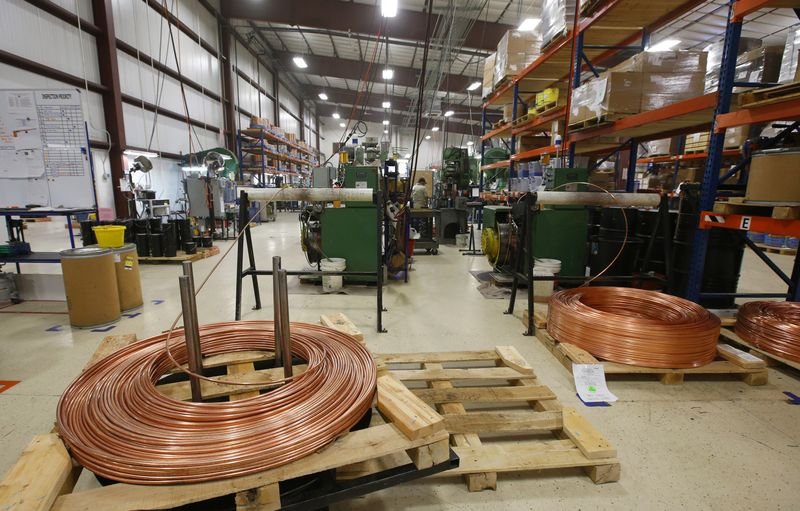Copper Prices Decline: Impact of US Tariff Exemption on the Market
Copper, a vital metal used extensively across various industries, is experiencing significant price fluctuations due to the recent US tariff exemptions. This change in policy has raised questions about its long-term implications for the copper market.
Understanding the Tariff Exemption
The US government has implemented a tariff exemption that allows certain imported metals, including copper, to enter the country without additional taxes. This exemption aims to support domestic industries, but it has also led to a decrease in demand for locally produced copper. As a result, prices are experiencing downward pressure.
Current State of Copper Prices
Recent trends indicate that copper prices have been on a downward trajectory. Factors contributing to this decline include reduced demand from key sectors, such as construction and manufacturing. Analysts are observing a correlation between the tariff exemption and the softening prices, as imported copper becomes more attractive to buyers.
Market Reactions
Market participants are adjusting their strategies in response to the tariff exemption. Investors and traders are closely monitoring the situation, as they anticipate further shifts in demand and pricing. The ease of access to imported copper may lead to increased stockpiles of the metal, affecting its valuation in domestic markets.
Implications for Domestic Producers
Domestic copper producers are feeling the pinch from the tariff exemption. With a more competitive landscape due to cheaper imports, local producers may need to reevaluate their pricing strategies. This shift could lead to reduced profit margins for many companies involved in copper mining and production.
Global Influences on Copper Pricing
In addition to the US tariff exemption, global economic conditions are also influencing copper prices. Factors such as the recovery of the global economy, demand from emerging markets, and geopolitical tensions can all impact the price of copper. Navigating these elements is crucial for stakeholders in the copper market.
Future Outlook
Looking ahead, the copper market faces uncertainty. While the tariff exemption may provide short-term relief for certain industries, it poses challenges for domestic manufacturers. Market analysts predict a continued volatility in copper prices as they react to both domestic policies and international economic trends.
Conclusion
The copper market is undergoing a period of significant change influenced by US tariff exemptions. As producers and traders adapt to these shifts, the dynamics of copper pricing will continue to evolve, reflecting broader economic landscapes. Stakeholders must stay informed and agile in responding to these challenges.
